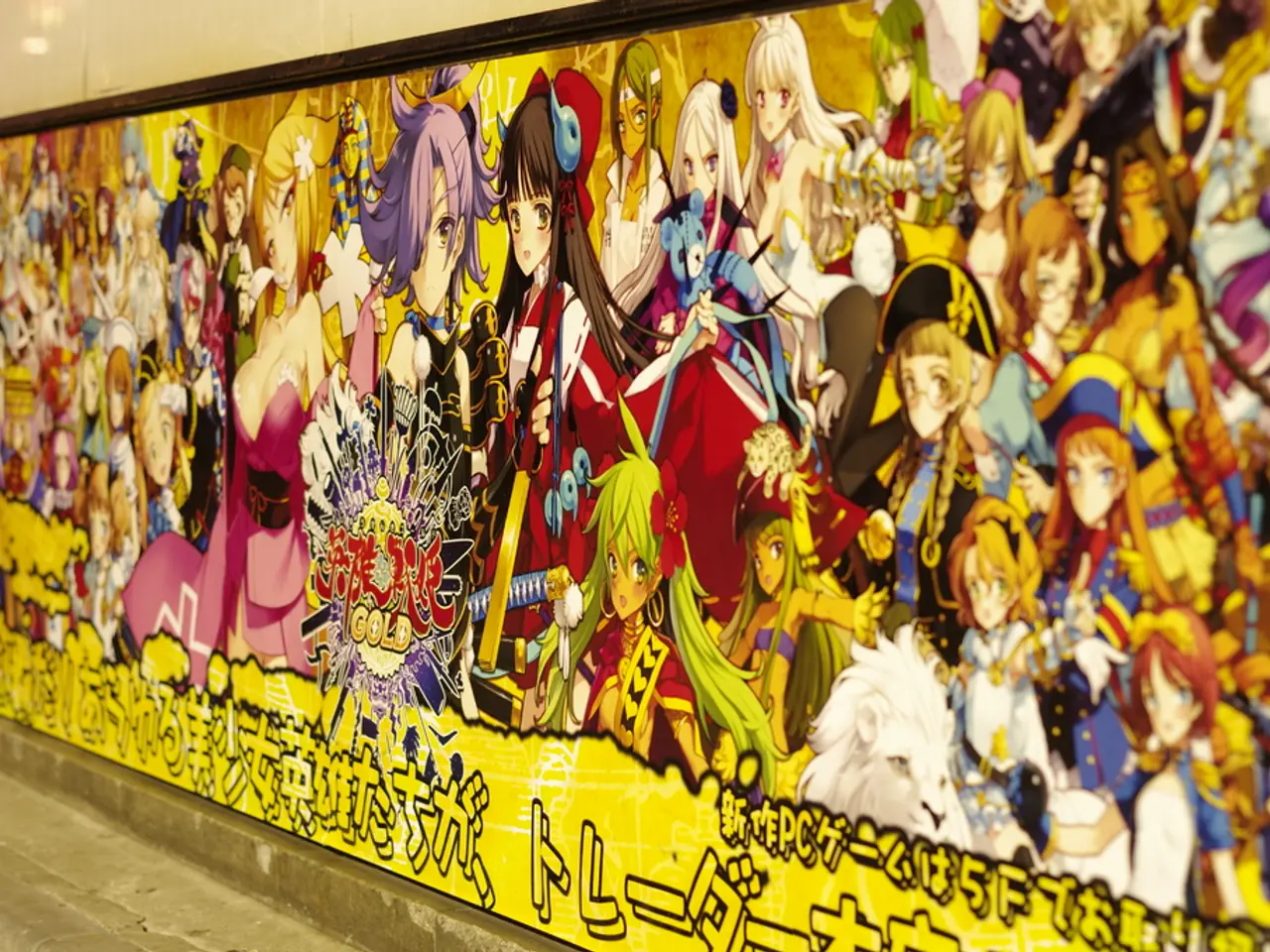Unable to Enjoy "Mulan" as Usual Following Discovered Details
Disney's Mulan, released in 1998, was a groundbreaking animated film that marked a significant milestone in the studio's history. The film, which was the 36th full-length animated production by Walt Disney Animation Studios, was notable for its extensive research and cultural efforts, as well as its unique balance of traditional storytelling with modern animated film techniques.
The production of Mulan began around 1994, with a team that traveled to China for three weeks to gather information and sketch, immersing themselves in the country's rich culture and history. This extensive research paid off, as the film's setting and cultural elements were authentically represented, with the animation style paying homage to traditional Chinese watercolor art.
One of the key aspects of the production process was the film's slower production schedule compared to previous films, due to the majority of the work being done at the Florida studio. The creators also sought to balance the film's tone for all ages, softening some elements and incorporating humor and overt adult jokes, making it a unique offering in the children's animated movie genre.
The film's story is set during the Northern Wei dynasty and references the long conflicts between Central China and the Hun invaders. It also includes elements of Chinese culture and history, such as the character of Mulan's dog, Little Brother, being a nod to one version of the Mulan legend where Mulan took her younger brother's place in the military.
Mulan's character was voiced by Ming-Na Wen, who added a quirky touch by having Mulan touch her hair, based on her own habit. Another creative addition was the character of Mushu, Mulan’s dragon sidekick, inspired by Chinese mythology but adapted with a comedic, smaller dragon rather than a traditional large one.
Behind the scenes, the production team had to carefully edit the film to appeal to a broad audience, balancing darker themes with child-friendly content, as seen also in The Hunchback of Notre Dame. Mulan's depiction challenged gender stereotypes, emphasizing themes of honor, courage, and truth, which aligned with the Chinese cultural narrative.
Mushu's character was created to add comic relief but remained a significant nod to Chinese mythological creatures. Actor Joe Pesci was originally cast as Mushu, but Eddie Murphy was the right comedic choice for the character. New tech programs "Attila" and "Dynasty" were created to simulate thousands of moving individuals in the film.
The film's release was a significant milestone, marking Disney's first-ever DVD release, launched in November 1999. Mulan is also the first Disney animated film to deal with warfare openly. Notably, the animated film required the work of approximately 700 animators, artists, and technicians over a period of five years.
Intriguingly, names of the animators who worked on Mulan can be seen inscribed on temple stones when Mulan sings "Reflection" if one knows ancient Chinese. After "A Girl Worth Fighting For" is cut off in the film, no song is sung by characters until "The Princess and the Frog" in 2009.
Mulan was Walt Disney Animation Studios' last musical film to be released on VHS, and it marked a significant shift in the studio's approach to animated storytelling. Overall, Mulan was a landmark Disney film for its cultural representation, detailed production research, and unique balance of traditional storytelling with modern animated film techniques.
AAPI (Asian American Pacific Islander) actors were instrumental in Mulan's voice cast, with Ming-Na Wen, a notable AAPI actress, lending her voice to the title character. The movie, falling under the categories of 'movies' and 'movies-and-tv' as entertainment, is an evergreen animated film that remains significant due to its cultural representation and traditional storytelling balanced with modern animated techniques.








